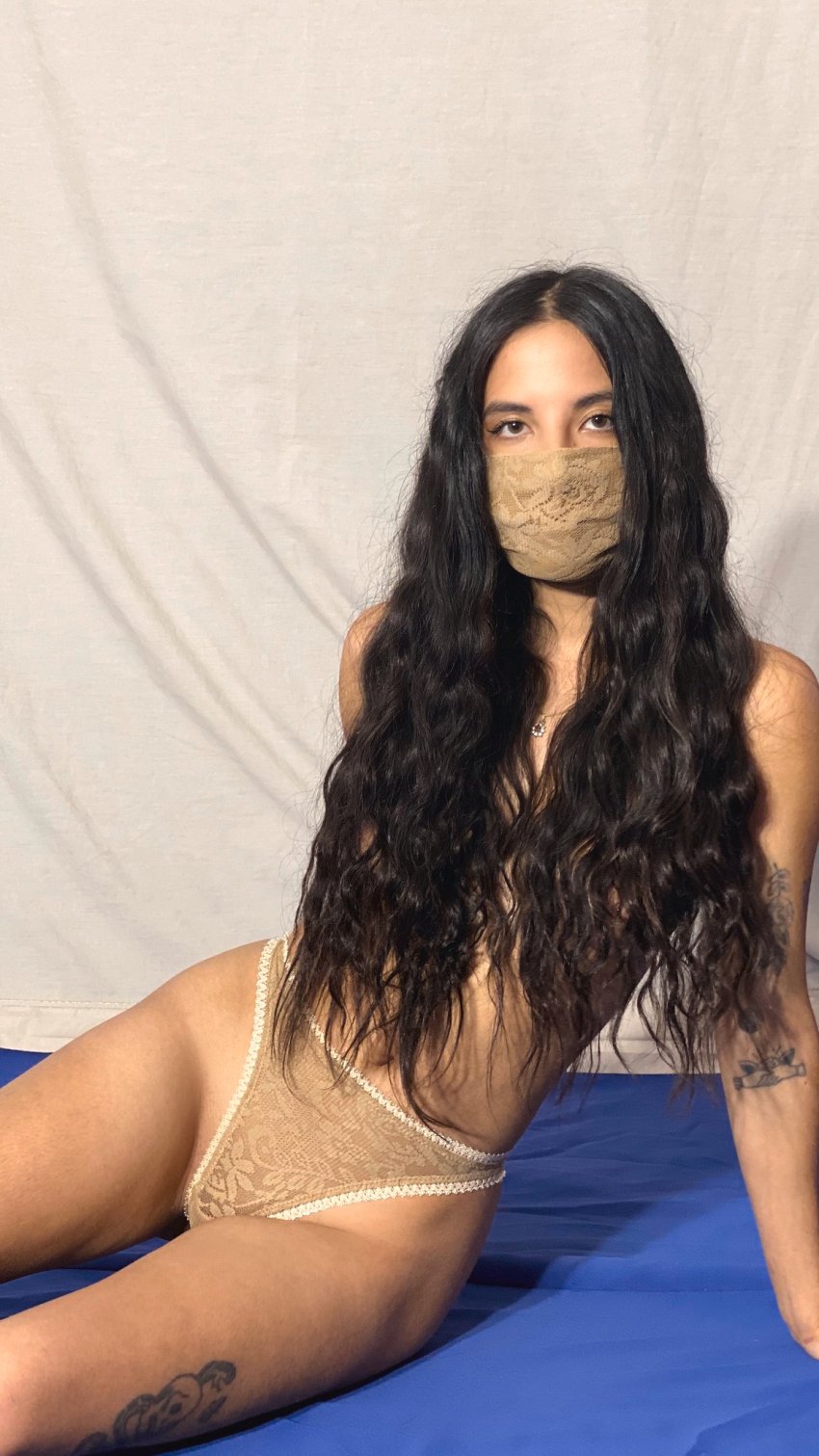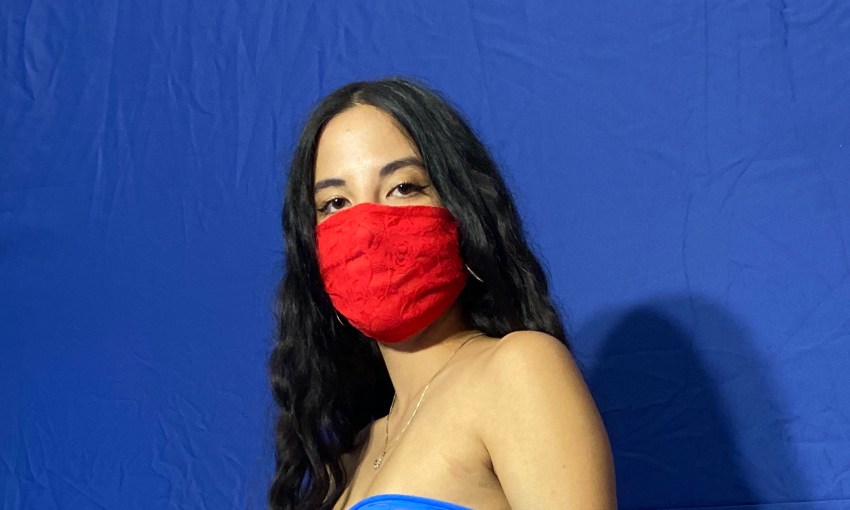Amid an international shortage of medical masks, Adelaide lingerie designer Jana Fuss is making cotton masks for frontline workers like her mum – a Flinders Medical Centre nurse – and anyone keen to keep COVID-19 at bay.
From lingerie to lace masks: This Adelaide designer just wanted her mum to feel safe
SPECIAL REPORT: COVID-19 ADELAIDE
When CityMag asks Jana Fuss why her label has moved from producing racy lingerie to lace face masks, she says it’s “the least I can do.”
“I feel like it’s really the bare minimum right now,” Jana says.
Bizarre is selling handmade COVID-19 face masks through its Instagram page, priced at $10 each.
“And with the skills I’ve learnt, it felt doable.”
Jana completed a Flinders University Bachelor of Creative Arts degree, majoring in Fashion, a couple of years ago, and since then has worked in the clothing manufacturing sector and launched an independent clothing brand, Bizarre, in October last year.
Bizarre originally offered one product – high-waisted vintage underwear – and was born out of Jana being frustrated she couldn’t find the “flattering” ’80s-inspired cuts on Australian shelves. As a result, she began sewing the style herself and selling them for $30 a pop.
Jana was recently stood-down from her job in manufacturing due to the COVID-19 crisis. She had also read about an international shortage of face masks, and so she once again took to her sewing machine to problem-solve.
“I stumbled across a random page on the discover part of Instagram, and it had a pattern of a mask,” Jana explains.
“I could not get it out of my head because it looked so doable.
“I looked into a bit more and then the next morning I woke up at 7am, didn’t have breakfast, walked straight into my sewing room and spent all day trying to figure out how to make the best fitting ones.”
Bizarre now sells beige and red lace masks, constructed by double-layering cotton and lace fabrics.

A Bizarre beige underwear and mask set
SA Health recently advised medical staff they should only use the most protective N95 masks for serious COVID-19 cases, amid a global rush on the product, and strongly advised the public not to wear the medical grade versions to conserve the supply for the frontlines.
COVID-19 is spread from person to person through sneezes, coughs and other respiratory droplets. Those with the virus may not exhibit any symptoms and so may spread the virus unknowingly.
And while the South Australian and Federal governments haven’t recommended the public to wear home-made masks, and studies have shown varying results in the effectiveness of DIY versions, if a person would like to limit their potential to spread COVID-19 unintentionally, using a washable and reusable, non-medical face covering cloth is a much preferred option to depleting critical supplies of personal protective equipment.
“The masks are double-layered, with lace on the outside and cotton on the inside,” Jana says.
“I did some research and discovered cotton is what is best for the prevention of the spread.
“To stop bacteria coming in you just have to wash them after you use them, and they’re just a bit more sustainable rather than getting out a new medical mask every time, every day.”
The World Health Organisation states medical masks should only be used by healthcare workers, caretakers and by people who are sick with symptoms like fever and cough, and should be worn by those who are ill to prevent the spread.
It also details how to wear a mask properly: wash your hands with sanitiser or soap and water before putting it on, inspect the mask for tears or holes, make sure you know which is the top and inside, and fit the mask to your face, making sure it covers your mouth and chin and pinches the bridge of the nose.
But the biggest recommendation from within the video is to not touch the mask (or if you must, wash your hands beforehand). Once you take the mask off you should not touch your face before washing your hands, and throw away the mask or wash it.
Jana recommends following these recommendations when using her masks, which come in red and blue options, and instead of throwing the mask away after use, washing it immediately.
Masks have been purchased by members of the public and worn by healthcare employees, like her mum, a Flinders Medical Centre nurse.
Jana has so far donated five masks to her mum’s colleagues, but the designer is planning on making a high quality mesh version for others on the ward.
“I feel like it’s the least I can do, making the masks,” she says again.
“They’re the ones that are working every day and I’ve got all this time to do something, I might as well make myself useful.
“I asked mum the other day, ‘How have you been? Are you stressed?’ and she said that as a nurse this was what she was meant to be doing, and, ‘I’m so glad I’m working.’
“I was like, ‘Wow!’”
Jana is hoping the masks don’t become a wardrobe staple like underwear, but will be unveiling more iterations on her soon-to-be unveiled website. In the meantime keep an eye on her Instagram for updates.




